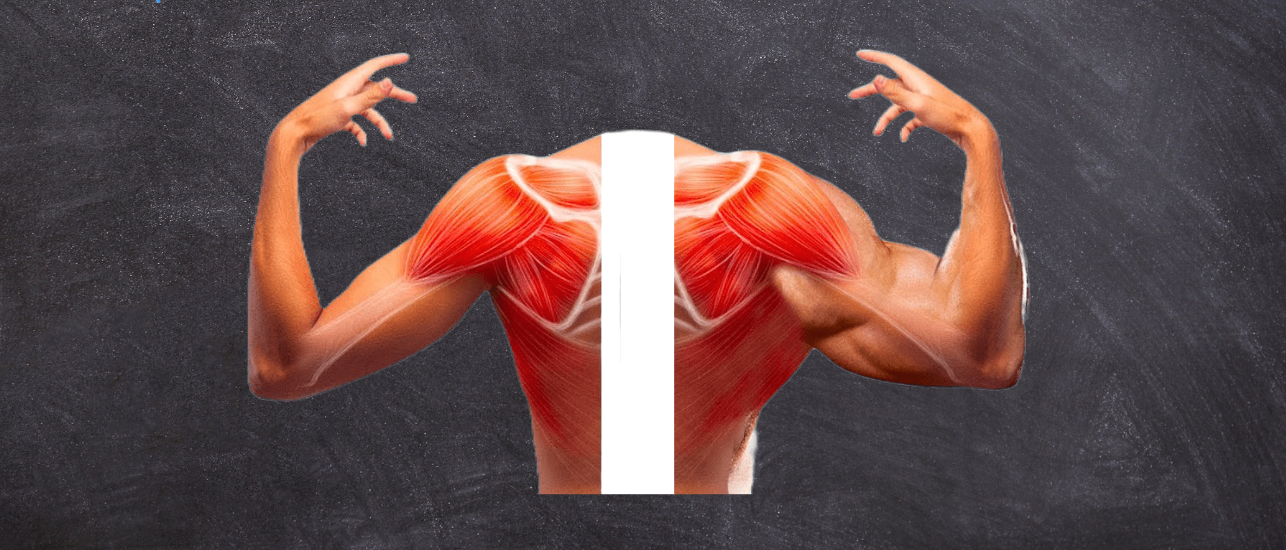Muscle imbalances can often lead to discomfort, pain, and even injuries if left unaddressed. In this article, we’ll delve into the causes of imbalances and provide you with effective strategies to fix them. Whether you’re an athlete, a fitness enthusiast, or someone looking to improve their overall well-being, understanding and rectifying imbalances is crucial for a balanced and healthy body.
Maintaining a balanced and harmonious body is essential for overall health and performance. Muscle imbalances occur when certain muscle groups become stronger or tighter than others, disrupting the body’s natural alignment and movement patterns.

Understanding Muscle Imbalances
The Basics of Muscles and Movement
Muscles play a pivotal role in our daily activities, from walking to lifting weights. They work in pairs, with one muscle (the agonist) contracting to create movement, while its counterpart (the antagonist) relaxes. When this dynamic balance is disrupted, It can develop.
Causes of Muscle Imbalances
It can stem from various factors, including:
- Repetitive Movements: Performing the same movements repeatedly can lead to overdeveloped and underdeveloped muscles.
- Sedentary Lifestyle: Prolonged sitting weakens core muscles and tightens hip flexors.
- Unilateral Movements: Relying more on one side of the body during exercises or daily activities.
- Injury or Pain: Muscles can weaken or tighten as a protective response to injury or pain.
Identifying Muscle Imbalances
Visual Assessment
A simple visual assessment involves standing in front of a mirror and observing any differences in muscle size, symmetry, or posture. Uneven shoulders or hips could indicate imbalances.
Functional Assessment
Functional tests, such as squats or lunges, can reveal strength and mobility discrepancies between sides of the body. If one side struggles more than the other, an imbalance may be present.
Addressing Muscle Imbalances
Symmetrical Strength Training
Engage in exercises that work both sides of the body equally. This promotes balanced muscle development and corrects existing imbalances.
Targeted Stretching and Mobility Work
Focus on stretching tight muscles and improving joint mobility. Incorporate exercises like yoga or dynamic stretches to enhance flexibility.
Core Strengthening Exercises
A strong core stabilizes the body and prevents compensatory movements. Planks, bridges, and rotational exercises are beneficial.
Proper Form and Technique
Maintain proper form during exercises to ensure muscles are working correctly. This prevents overcompensation by stronger muscles.
Seeking Professional Guidance
Physical Therapists
A physical therapist can design a personalized plan to address imbalances, incorporating manual therapy and corrective exercises.
Personal Trainers
Certified personal trainers can create a balanced workout routine, provide guidance on form, and monitor progress.
Preventing Future Imbalances
Balanced Workout Routine
Design a well-rounded workout program that targets all muscle groups equally. Include strength training, cardiovascular exercises, and flexibility work.
Rest and Recovery
Adequate rest allows muscles to recover and grow. Overtraining can lead to imbalances and increased risk of injury.
Mindful Movement
Be conscious of your movements throughout the day. Avoid favoring one side of the body and practice good posture.
Conclusion
Addressing imbalances is a crucial step toward achieving a well-functioning and pain-free body. By incorporating targeted exercises, seeking professional guidance, and maintaining overall balance, you can prevent and rectify imbalances, leading to improved physical performance and overall quality of life.
FAQs
It can increase the risk of injuries as they can lead to altered movement patterns and overuse of certain muscles.
While self-care strategies can help, consulting a physical therapist or personal trainer can provide personalized guidance.
The time it takes to correct imbalances varies based on individual factors, dedication to exercises, and the severity of the imbalances.
It’s advisable to modify your workouts to address imbalances and avoid exacerbating the issue.
Proper nutrition supports muscle recovery and growth, contributing to overall balance and well-being.








